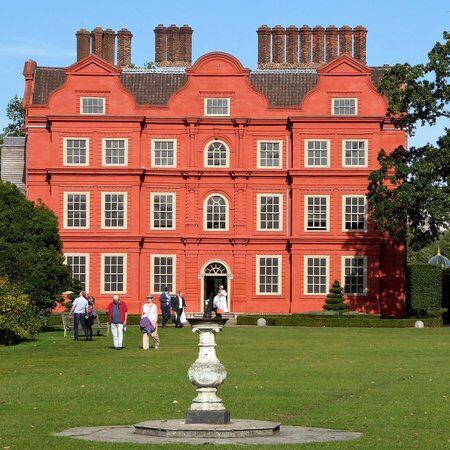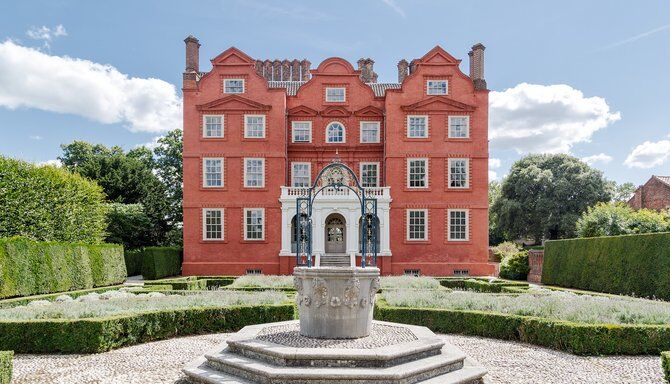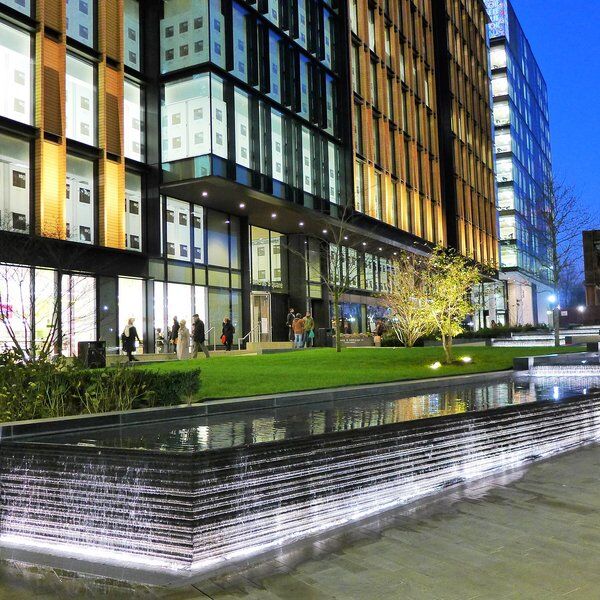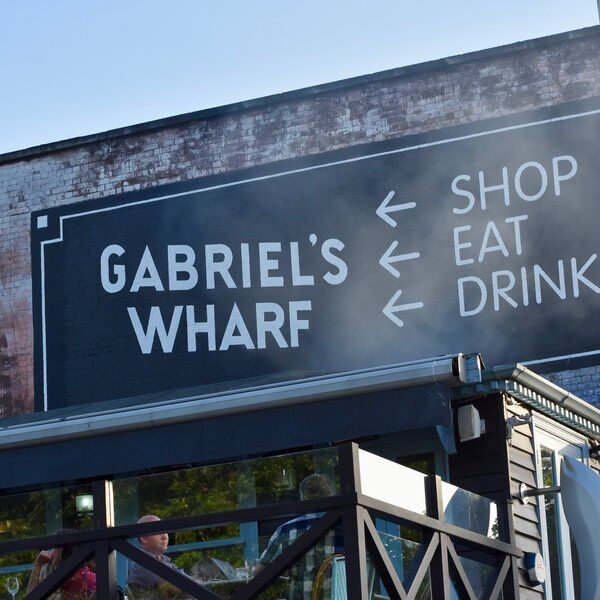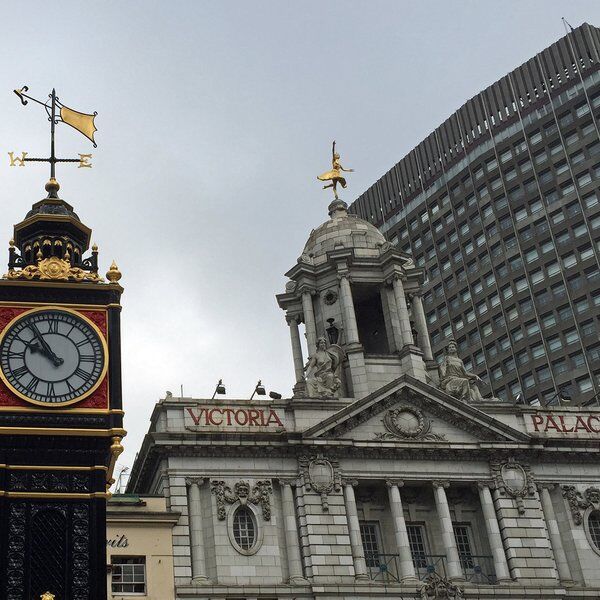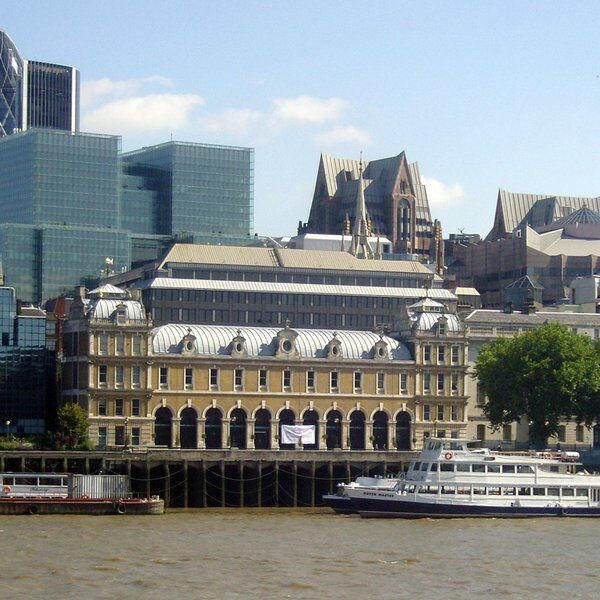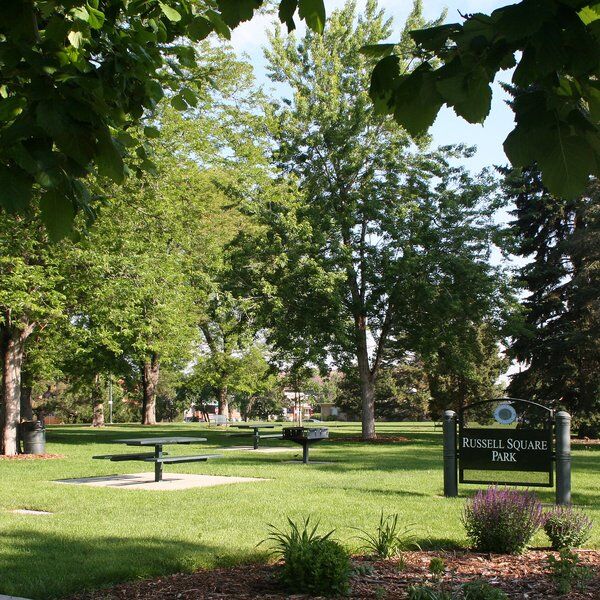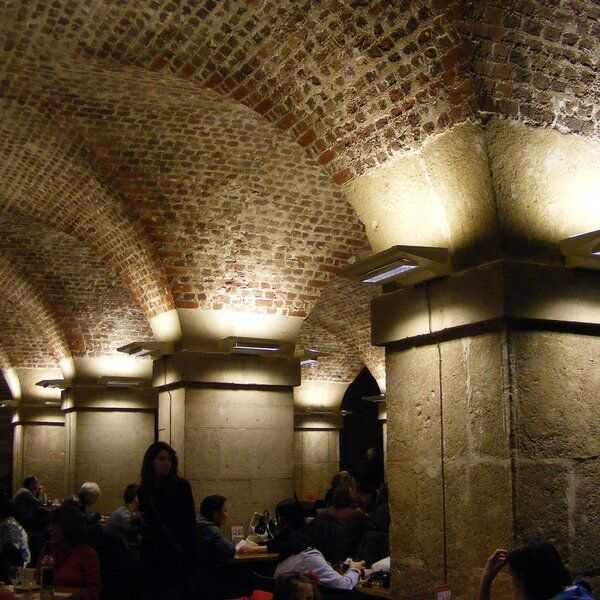Discover Kew Palace
Of all of London’s royal palaces, Kew Palace, positioned on the bank of the River Thames in the heart of the immaculate Kew Gardens, is the smallest and most intimate. It was built as a fashionable private residence for a prosperous silk merchant Samuel Fortrey in 1631. Its royal occupation began in 1729 and lasted until 1818. During this time the palace was used by generations of Georgian royals as a quiet haven to retreat to on the weekends; a welcome departure from their intensely public life in town. Most notably, George III, Queen Charlotte, and their large family spent many happy summers here, until it was used intermittently to house the ailing King. This sense of intimacy and homeliness sets Kew Palace apart from grander royal residences like Buckingham Palace or Windsor Castle.
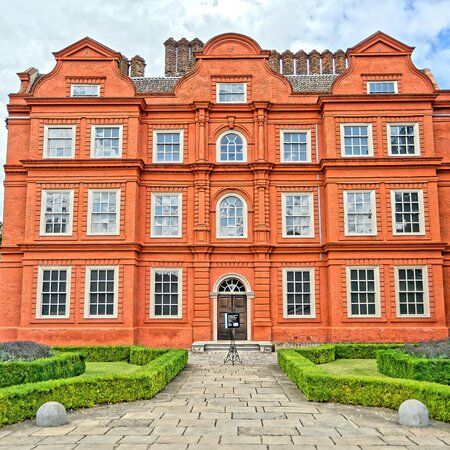
The Architectural Elegance of Kew Palace
The palace itself was originally known as the Dutch House. In 1818, upon Queen Charlotte’s demise, the building was closed off. This is evident by the eerie untouched nature of the authentic Georgian rooms on the upper floor and the Royal Kitchens, restored in 2012. Although not as opulent as other royal palaces, visitors will notice that the interior design exudes a sense of comfort and charm.
On the outside, Kew Palace’s architecture is a masterpiece of simplicity and elegance. The decorative red-brick exterior that stretches up into distinctive gables, is punctuated by large windows that flood the rooms with natural light, providing glimpses of the surrounding gardens. Garden’s that were lovingly tended by Queen Charlotte, as one of her favourite pastimes whilst in residence at the Dutch House.

Today Kew Palace is a Grade I-listed building in the trust of Historic Royal Palaces, an independent charity, which receives no financial aid from the crown. Alongside the Dutch House, visitors of Kew Gardens can also see the Great Pagoda and Queen Charlotte’s Cottage located on the other side of the grounds, nestled in amongst the bluebells of a small woodland.
Kew Gardens
Surrounding the stately Kew Palace are some of the most breathtaking gardens in the world, with over 30,000 plant species. Kew Gardens, a UNESCO World Heritage Site, formed in 1759 spans 326 acres and is a botanical paradise harmoniously complimenting the palace’s rich history. Visitors have the opportunity to wander through the Royal Kitchens Garden, a beautifully restored 18th-century garden that once supplied fresh produce to the palace. Other gardens also include the iconic Temperate House, the magnificent Palm House, the tranquil Japanese Garden, and the treetop walkway. It is easy to see why Queen Charlotte, lovingly poured her time and attention into these enchanting gardens during her visits to the palace.

Kew Palace: The Secret Keeper of King George III
Kew Palace is not just a beautiful building; it's also a repository of historical moments with its most poignant association being King George III. The Dutch House routinely served as his refuge during his bouts of ‘madness’ as it was called back then. The way in which the palace has been preserved and the rawness of the personal details evident in each room offers a glimpse into the humanity behind the crowns.
George’s Early Life and Descent into ‘Madness’
Having grown up in the humble Kew Palace is a likely factor as to why George III shied away from court life; preferring the quietness of country estates. Until November 1788, when he suffered his first mental breakdown, George III, Queen Charlotte, and their 15 children would spend many summers at the Dutch House. But after his struggles with his mental health became too much to bear, the family’s time there became sullied. Instead of the typical relaxing summer afternoons, George’s days were spent incarcerated and subject to the desperate attempts of the doctors who tried unsuccessfully, to cure him. Not for lack of trying – laxatives, freezing baths, leeches, strait-jackets, and all!
In March 1789, the King’s health had significantly improved and he was no longer detained at Kew Palace. However, he suffered further episodes in 1801 and 1804. Tragically, by 1810 George III was irreversibly lost to himself and in 1811 a regency was declared. Consequently, he spent his remaining days at Windsor whilst Charlotte ruled in his stead until her death in 1818. As her coffin was carried to Windsor, palms were laid over the cobbles to protect the news of her untimely passing from King George III, who outlived her by two years.
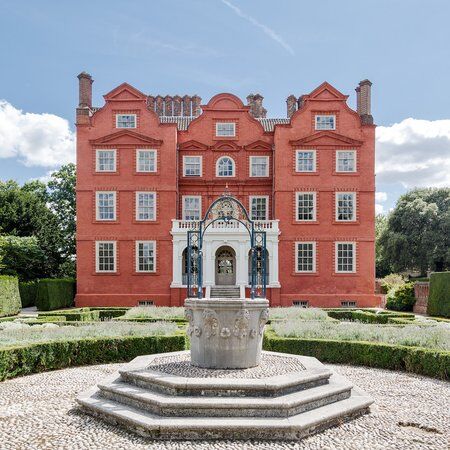
Our Thoughts…
As you explore the charming rooms of Kew Palace and wander through the verdant gardens, you'll discover a profoundly different side to the British monarchy than you would at other palaces. The small and intimate setting of the Dutch House paints King George and Queen Charlotte with such a humble and human brush that you cannot help but resonate with their realness, against a backdrop of the flourishing natural world.
The best way to discover more hidden gems around London is to take your time and, ideally, have a pre-planned route that takes you past all the noteworthy nooks and hidden gems.
We can help you there!
The City combines the fun of an outdoor treasure hunt with the historic facts and whimsical trivia of a walking tour.
Answer riddles, solve puzzles and learn more about London’s 2000-year-old history in a new and interactive way - plus you get 20% off food and drink at a historic pub chosen by us!
Take the stress out of planning your visit to London and book your adventure today!
Not visiting London this time? Don’t worry, you’ll find us all over the world.
